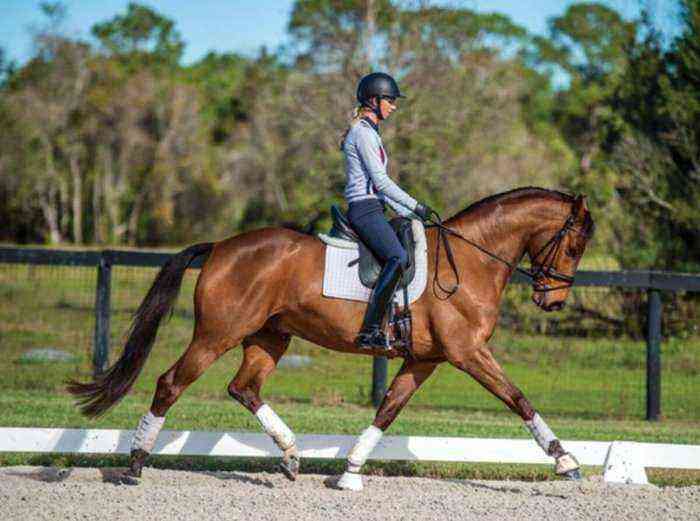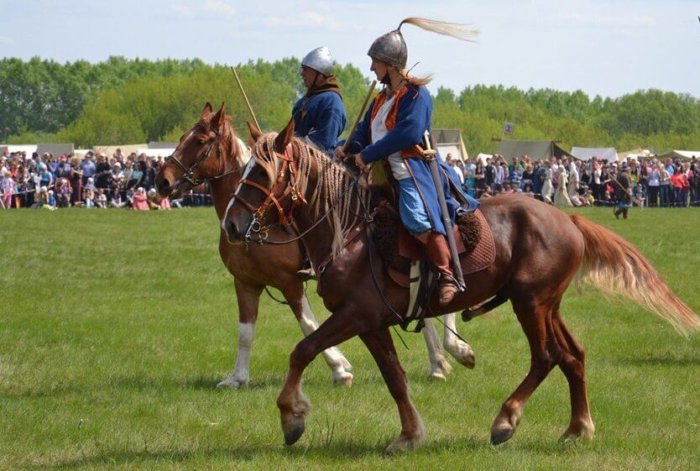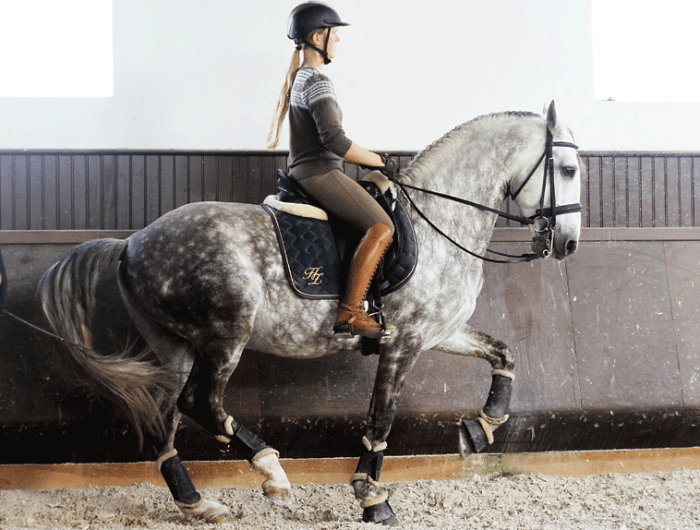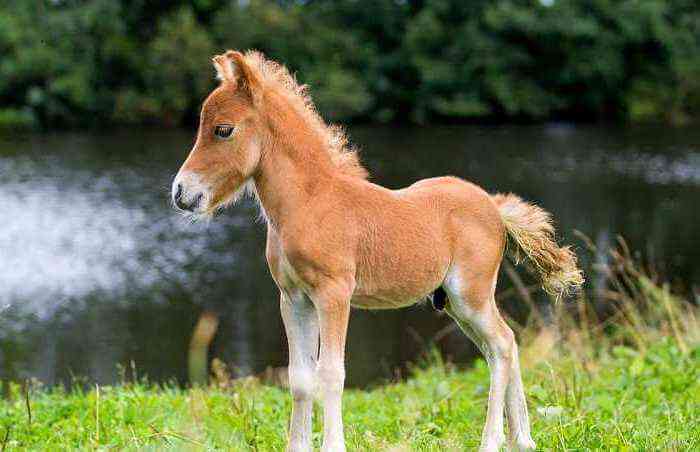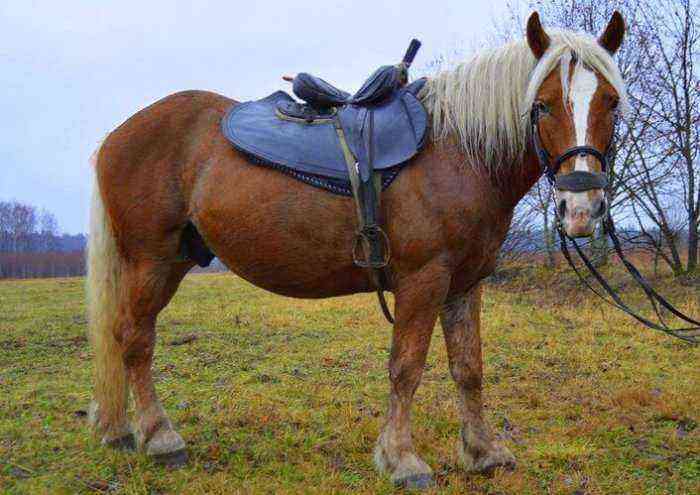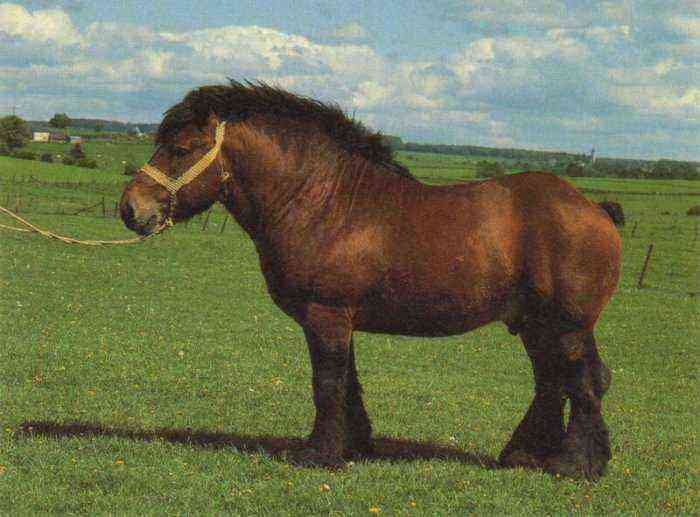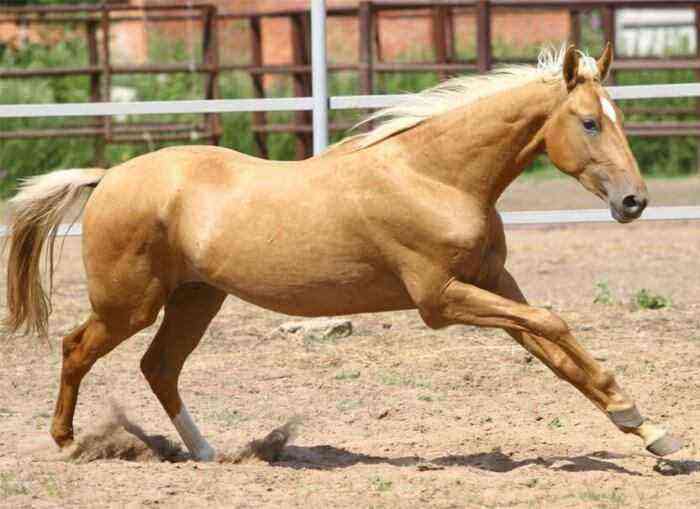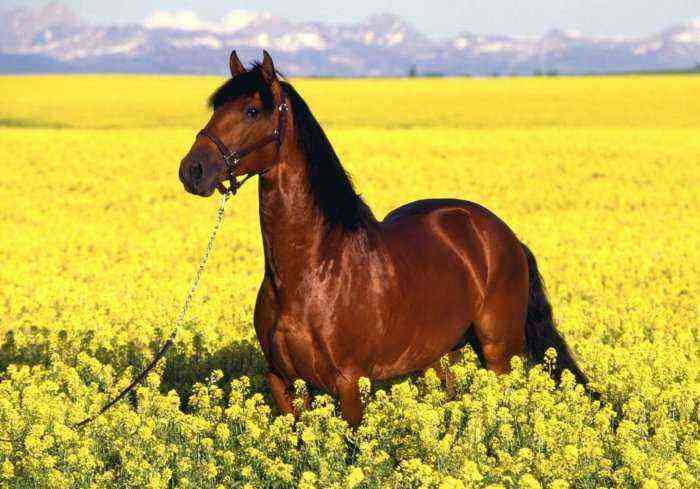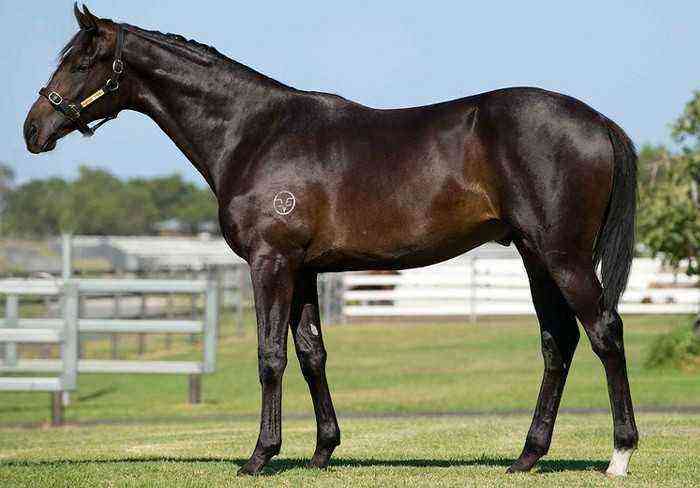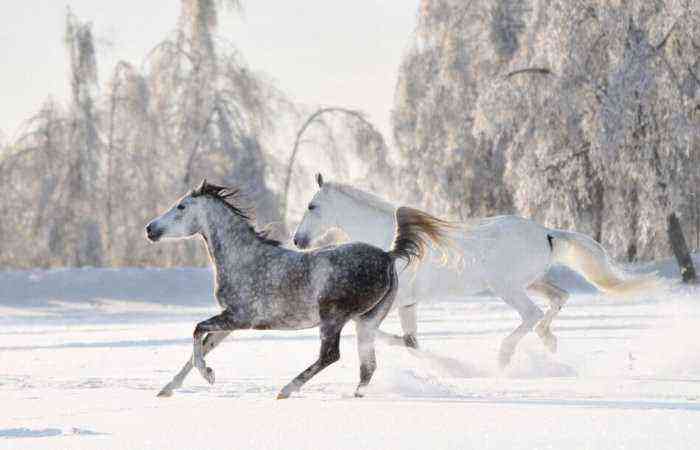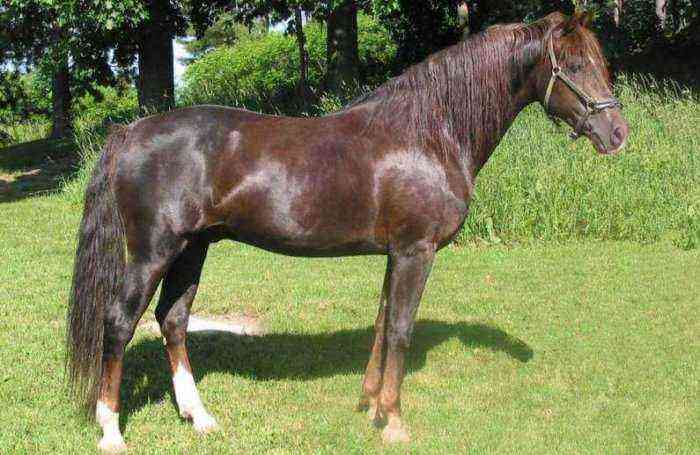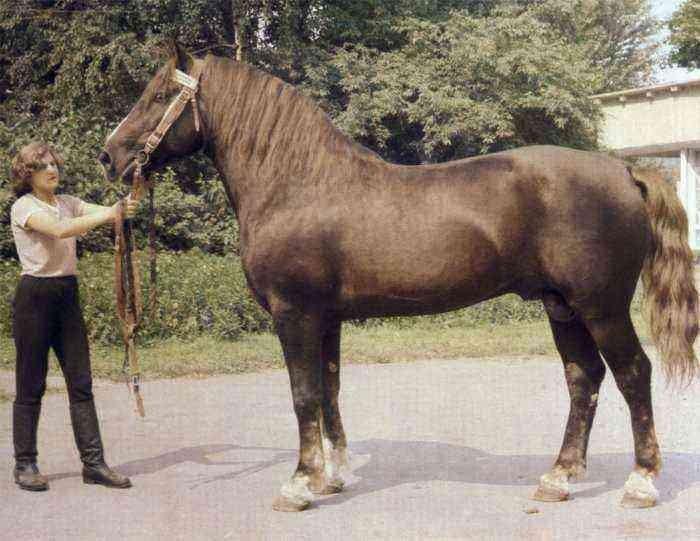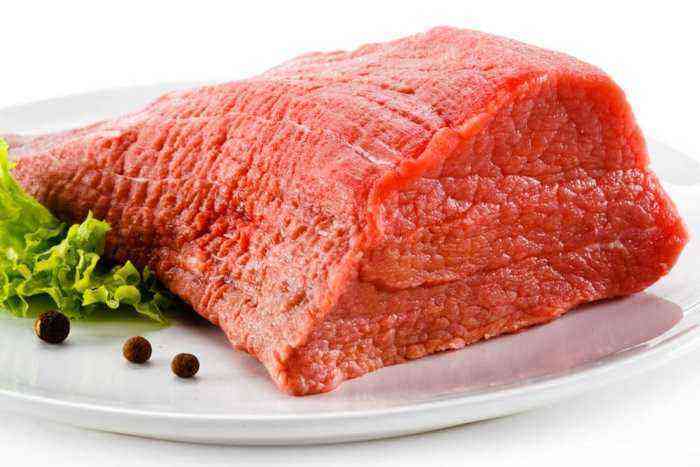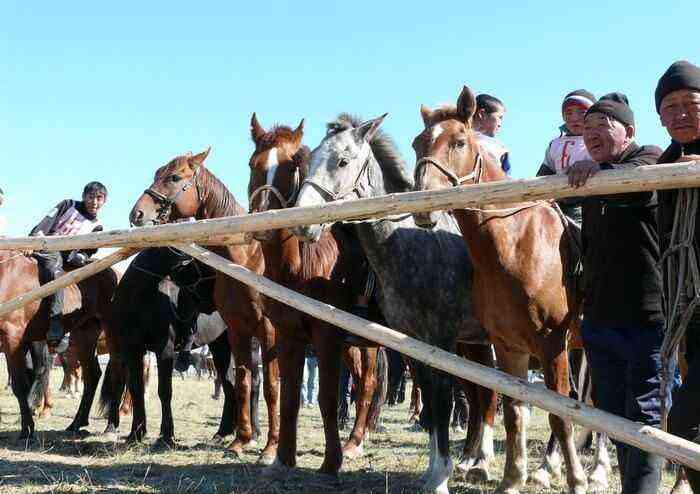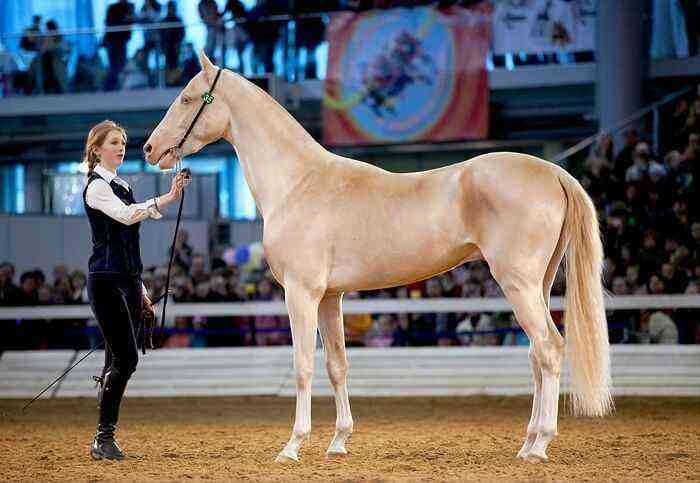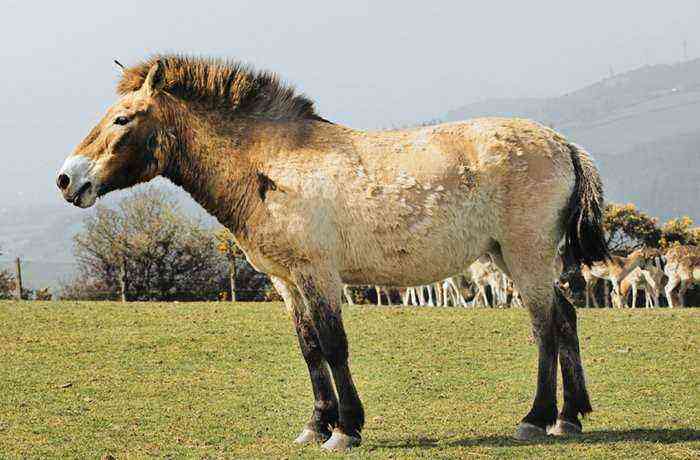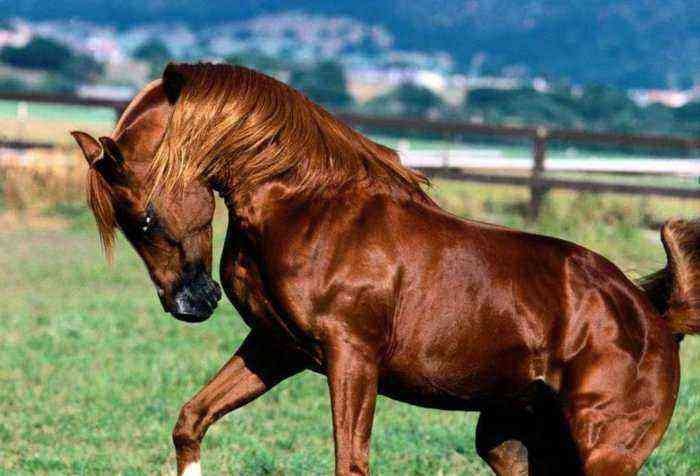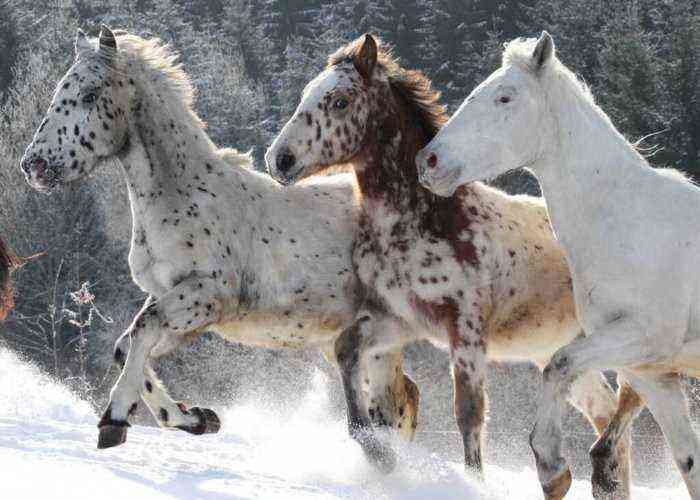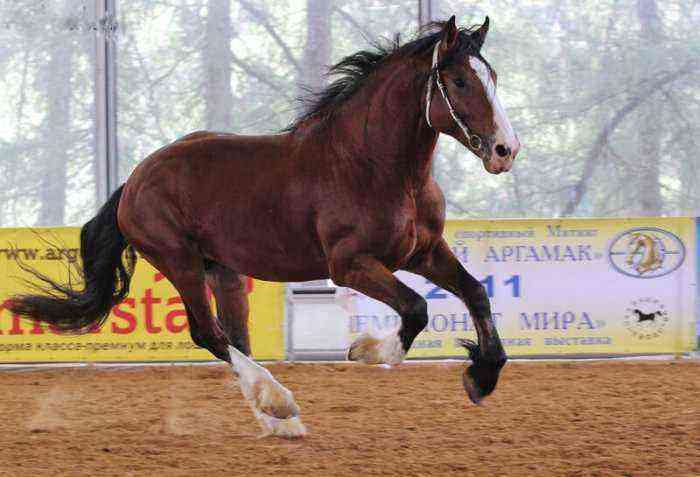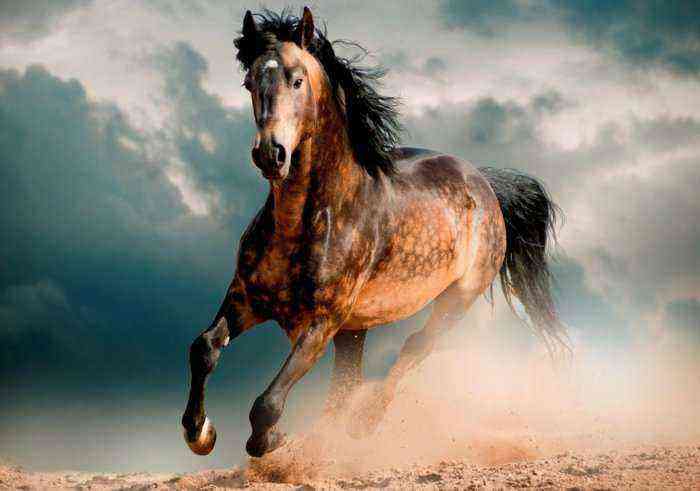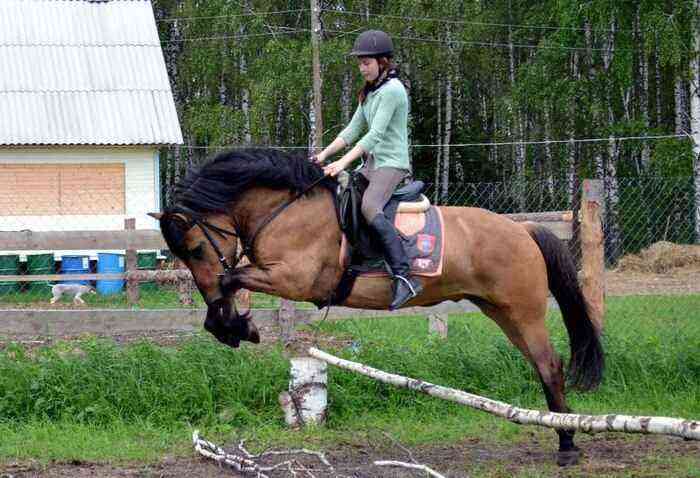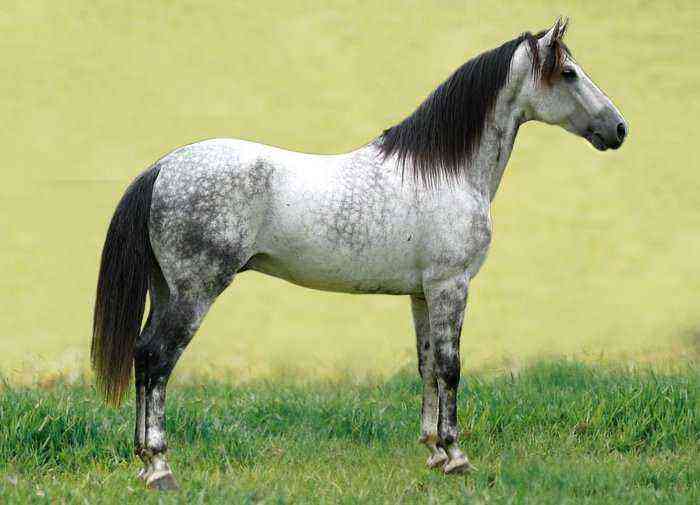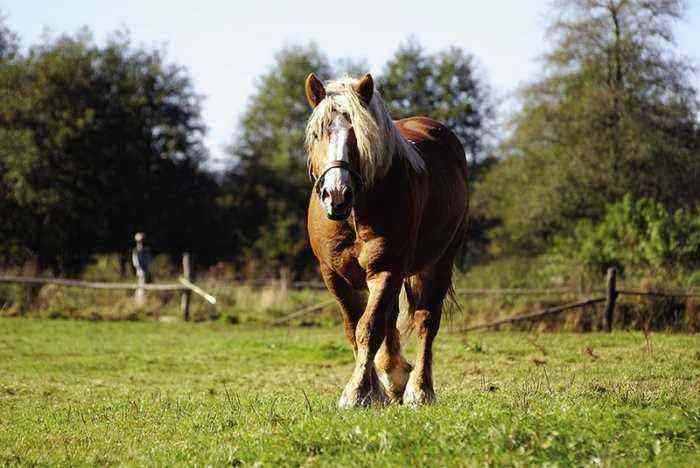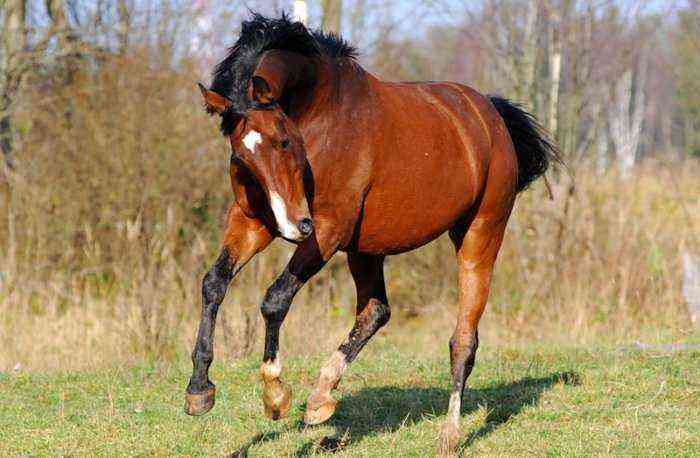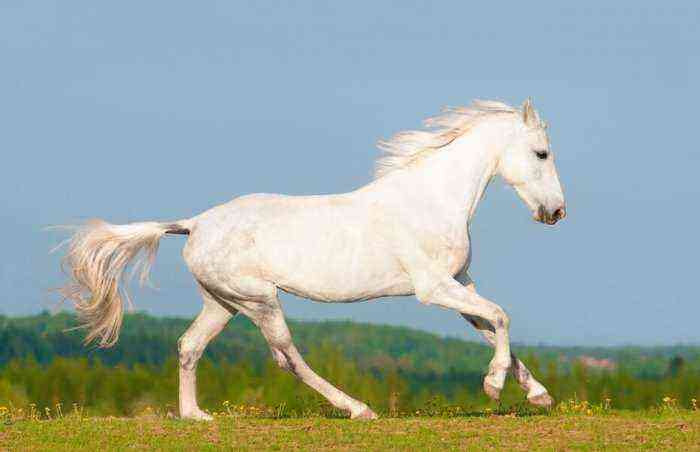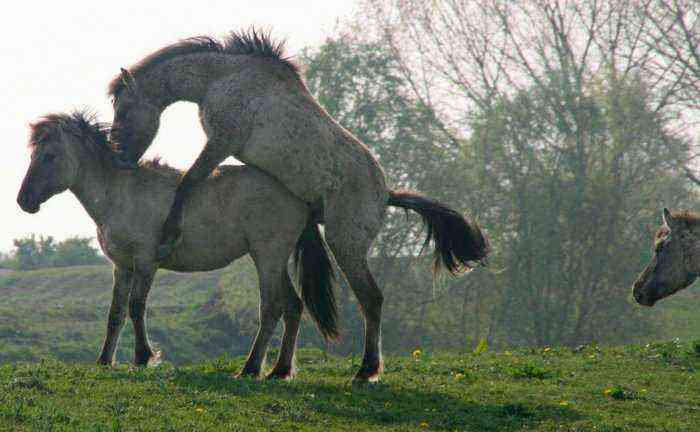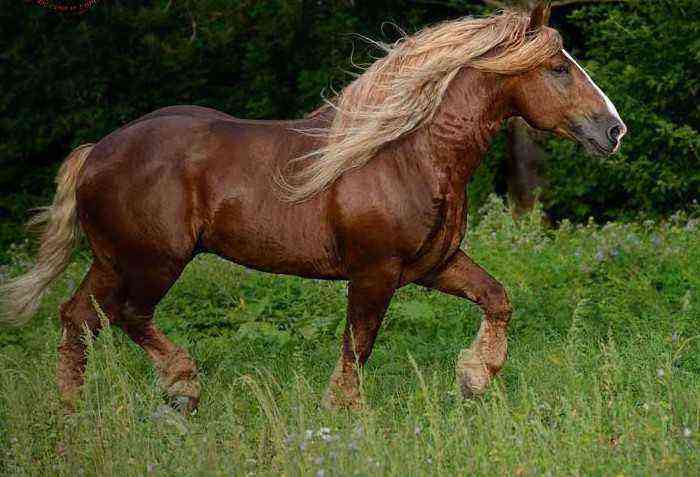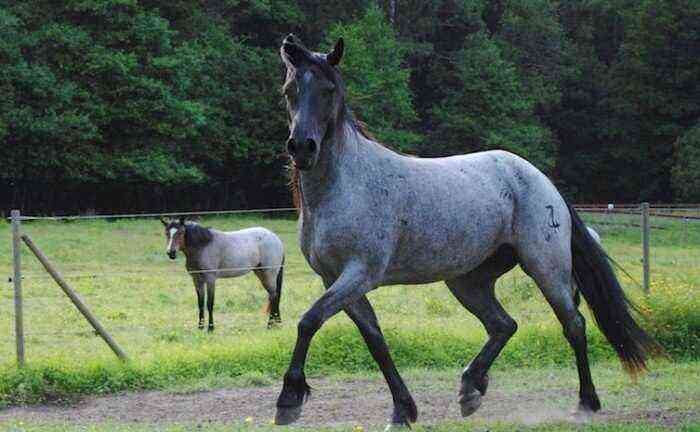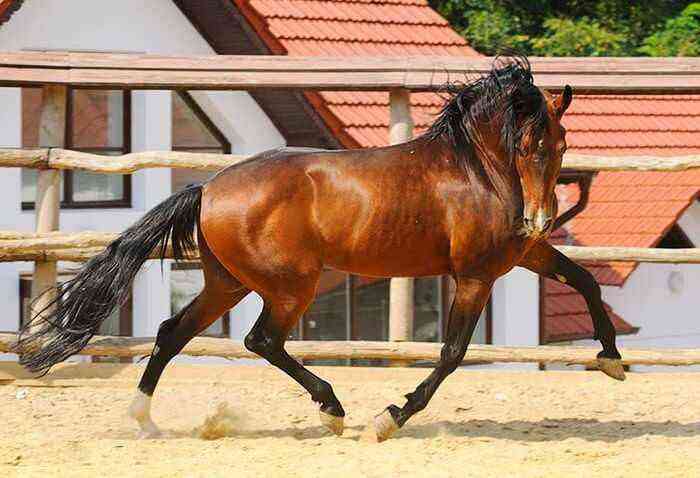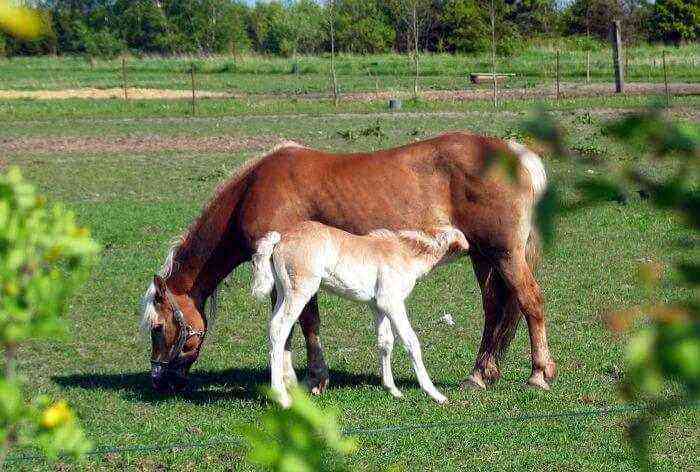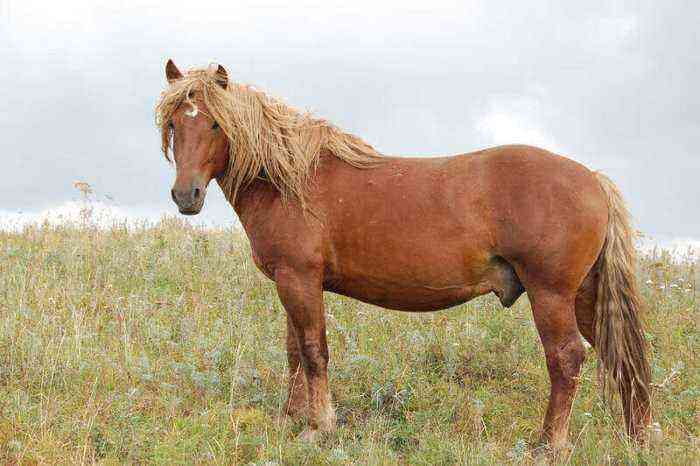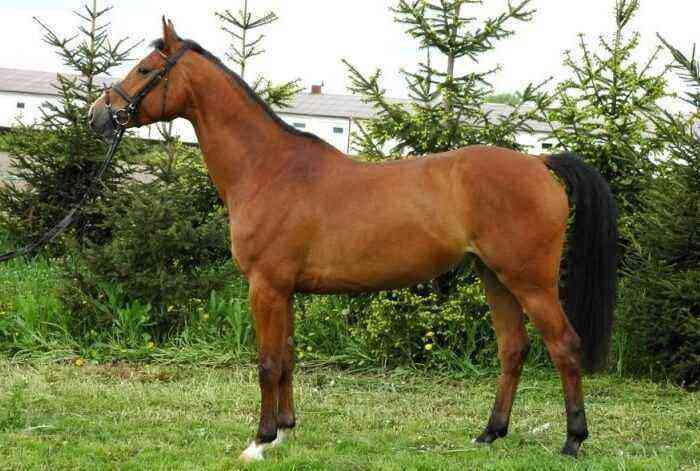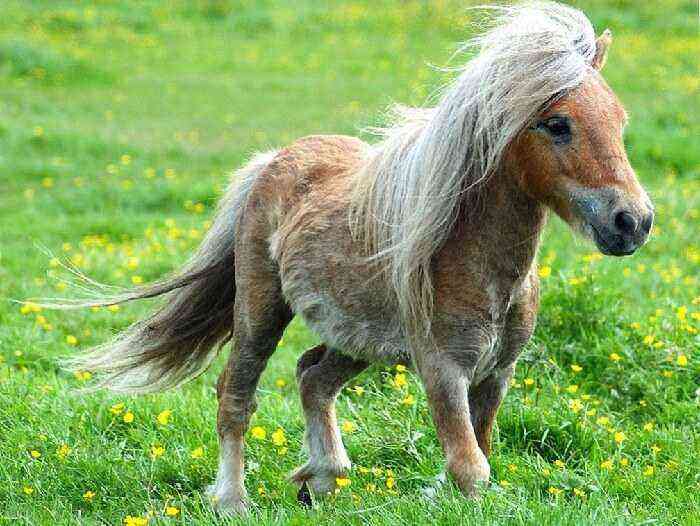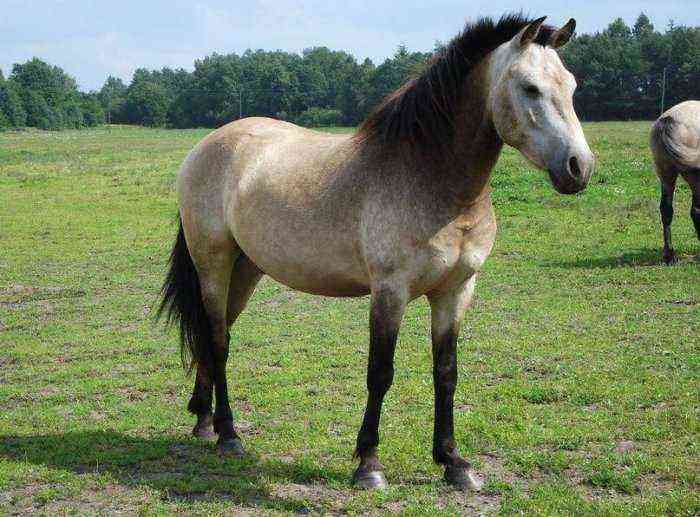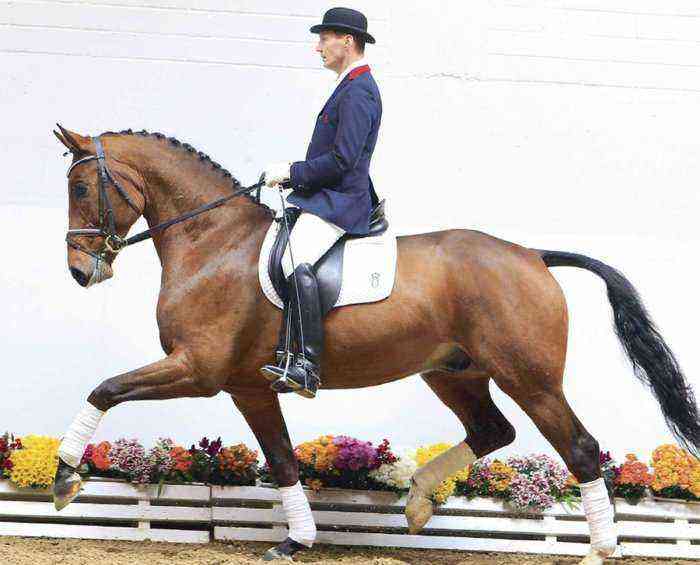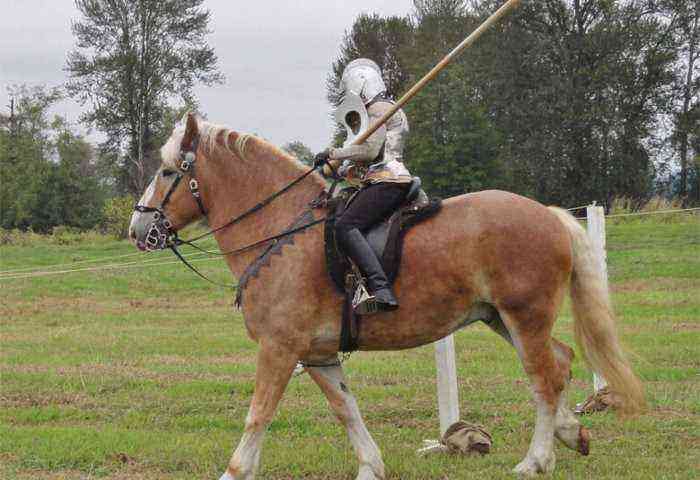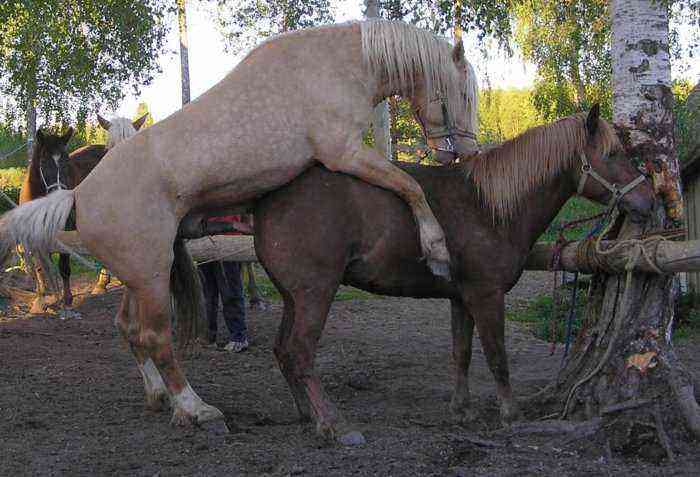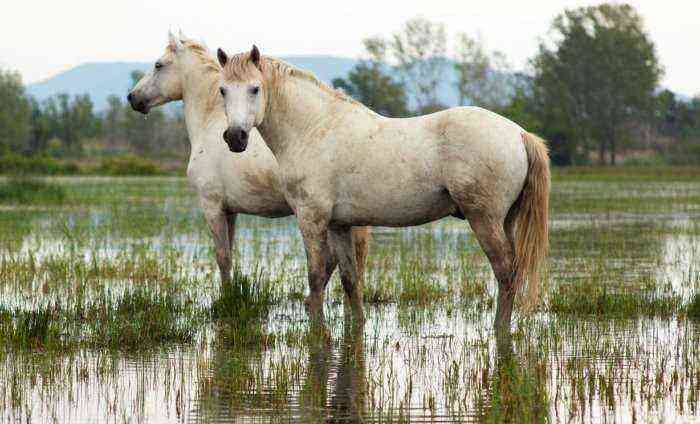A gait is a type of horse movement. Translated from French, this word literally means “way of moving.” Each novice rider must understand the varieties of gaits, because in different situations it is necessary to choose the type of movement that is safest for the horse and rider.
Horse gait
Types of gaits
There are natural gaits and artificial ones. The first group includes methods of movement inherent in absolutely all horses. These are the styles of movement that are given to the horse from birth. These include:
- step;
- lynx;
- gallop;
- inokhod.
Attention! Some horses are born pacers, others are taught to pace.
Animals master artificial types of gaits through training. They are used in circus arts as well as in dressage competitions. This group includes the following movement styles:
- passage;
- piaffe;
- spanish step;
- gallop on three legs;
- reverse gallop.
Natural gaits
Step
The slowest gait of a horse is called a walk. This is a four-beat gait, which is characterized by the absence of a suspension phase, that is, moving in a step, the horse consistently rearranges its hooves.
Attention! Horse step speed ranges from 7,5–8 km/h.
There are 3 types of steps:
- short;
- average;
- added.
These species differ in the distance between the fore and hind limbs of a walking horse. With a short step, the tracks left by the hind hooves are at a considerable distance from the tracks of the front legs. When a horse walks at a medium pace, its hind legs catch up with its front legs and are approximately on the same level with them. When it comes to extended stride, the hoof prints of the hind legs are several centimeters ahead of those of the front.
Lynx
The trot is a two-stroke gait for horses; beginners master it after a step. It has a higher movement speed. Beginner riders find this type of running the most difficult because it has a phase when the horse hangs in the air. All her hooves at this moment are off the ground.
trotting
A trotting horse lowers its left front and right hind legs at the same time, then hangs in the air, after which it steps on the remaining two legs. In this case, you can hear 2 clear beats. To feel comfortable in the saddle during this type of running, the rider needs to move in time with the steed, rising during the suspension phase.
Riders divide the trot into 4 types according to principles similar to the classification of walk types:
- collected;
- average;
- added;
- working.
Attention! Trotting speed – 16 km / h. Breeds bred specifically for fast running in a harness, called trotters, move faster, they cover a distance of 20 km in an hour.
Gallop
The fastest run of a horse is called a gallop, it belongs to the three-beat gaits. For beginners, this type of movement is scary, because the animal rushing at high speed seems uncontrollable. In fact, the rider can more easily tolerate movement at a gallop than at a trot, the main thing is to learn how to stay in the saddle.
When galloping, 3 hits of hooves on the ground are heard. The running horse first brings forward one hind limb, then the second along with the front hoof parallel to it, then lowers the second front hoof. Then comes a short phase of suspension, and then the cycle repeats.
The gallop is divided into several types:
- collected (the slowest three-stroke run) – 200 m / min;
- arena – the horse runs 300 meters per minute;
- medium – from 400 to 700 m / min;
- swing – the horse develops a speed of up to 800 m / min;
- quarry (the most frisky type of gallop) – about 1 km / min.
Attention! Thoroughbred riding horses are considered the fastest in the world. Their gallop speed is 66–69 km/h.
Amble
Amble is another way of moving, which is a cross between a gallop and a trot. The peculiarity of this “gait” is that the animal alternately rearranges its legs located on one side of the body, and not diagonally.
Pacers
Pacers are highly valued because their manner of movement is comfortable for the rider. During the run, shaking is almost not felt. The amble is characteristic of some breeds and is inherited from the parents to the foal. Such a manner of movement can be developed artificially by training a horse.
Reference. Pacers easily overcome long distances, but maneuvers are more difficult for them.
Natural gaits also include:
- Tölt – characteristic of Icelandic horses. The animal rearranges its legs in the same way as when walking, but moves much faster, and for the rider such a “gait” is very comfortable, it does not cause shaking.
- The paso fino is a quick, short step.
- Marsha is a type of amble that some breeds of horses in Brazil demonstrate. For them, this is a natural gait, transmitted at the genetic level. The paces of the picada march, cambric and trotade are distinguished by smooth movements, for which they are valued.
Artificial gaits
Passage
Passage is a type of gait created on the basis of a lynx, only the movements of the horse in this case are clear and graceful. Demonstrating this method of movement, the horse simultaneously pushes off the ground with its hind hooves, raising them high. To teach a horse to pass, you need to train long and hard. Good physical fitness is very important.
Piaffe
The piaffe gait differs from the passage by a longer suspension phase. The hind limbs of the horse during the demonstration are bent under the body, the croup is slightly lowered, and the back muscles are very tense, causing the rider to feel the vibration.
Allure piaffe
spanish step
This kind of gait is the main element in the higher riding school. The Spanish walk involves the alternate high rise of the straight forelegs of the horse, while the hindquarters move in the usual way. The level of skill of the rider and the horse is evaluated not only by external criteria, but also by the level of noise – a skillful horse walks quietly with a Spanish step.
Artificial types of gallop
The three-legged gallop is an interesting form of running. In this case, the animal runs using only 3 legs, one front during movement remains elevated and should not touch the ground. There is also a reverse canter, in which the animal moves backward. Such a gait can be seen in the circus.
Learning to ride, and even more so to master all types of horse gaits, is not easy. Beginner riders are advised to hone their riding skills gradually – first a walk, and then a trot and a gallop. When the rider masters the basic types of running, you can begin to practice complex elements and hone your riding skills. All this is done under the guidance of an experienced instructor in compliance with safety measures.
